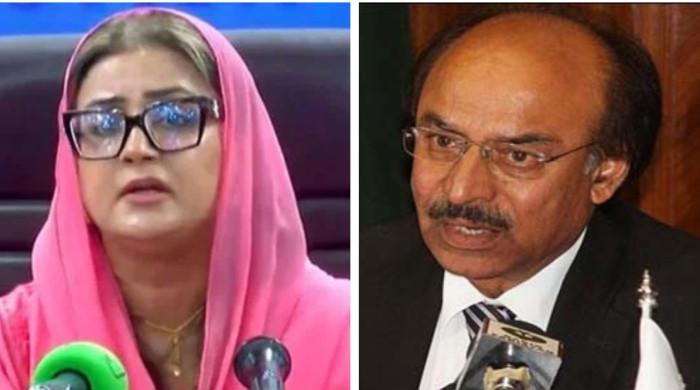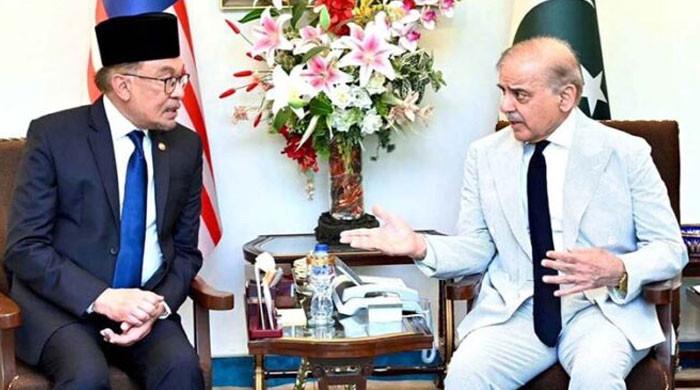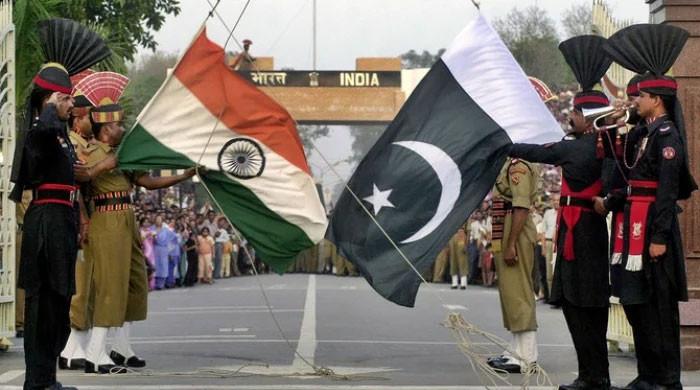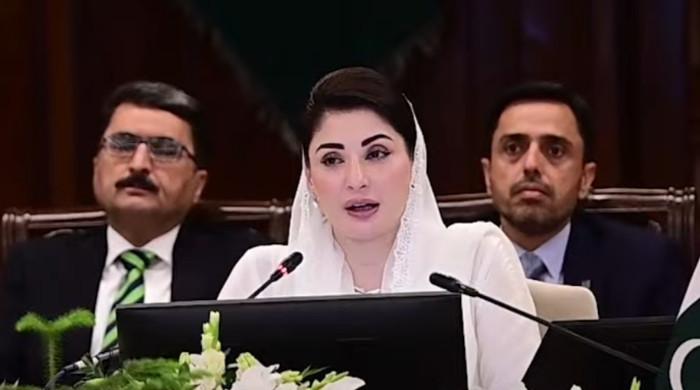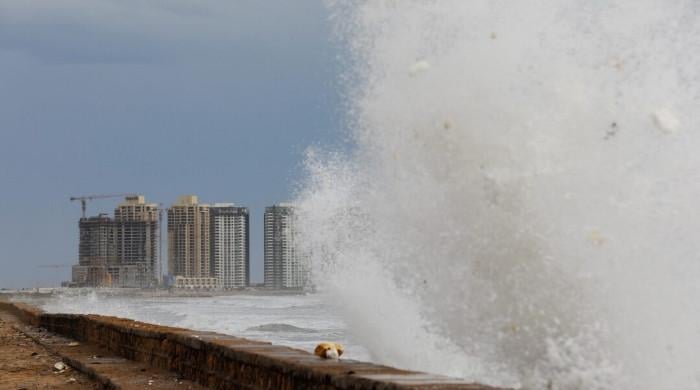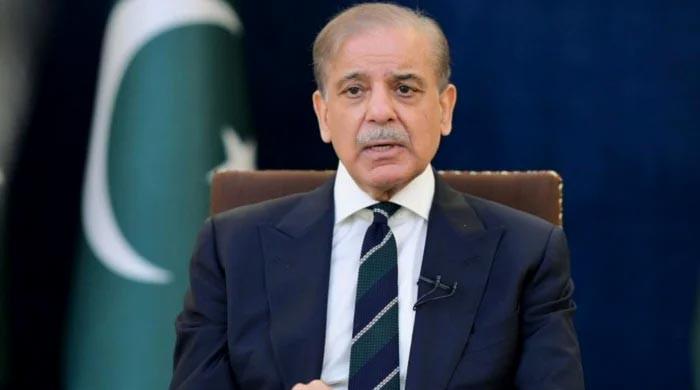Fake news: Video claims women are being snatched, raped in Umerkot
'Reported incident happened in India’s Rajasthan state'
January 27, 2018

A video, being circulated on social media, claims that women are being snatched and raped by affluent people in Sindh’s Umerkot district as the local police continue to turn a blind eye to the grave human rights violations.
The news is fake.
Police have also identified the video as fake news and issued a strong rebuttal.
The incident, according to a statement issued by SSP Umerkot Usman Ijaz Bajwa, took place in India’s Rajasthan state in September 2017.
The malicious propaganda to portray the human rights situation in negative light had earlier targeted Tharparkar district when captions attached to the video had claimed that the incident had happened in that district.
The video has now resurfaced, claiming that the human rights violation shown in the video happened in district Umerkot and requested viewers to spread the video to ‘expose the local police’ and ‘support the poor and meek.’
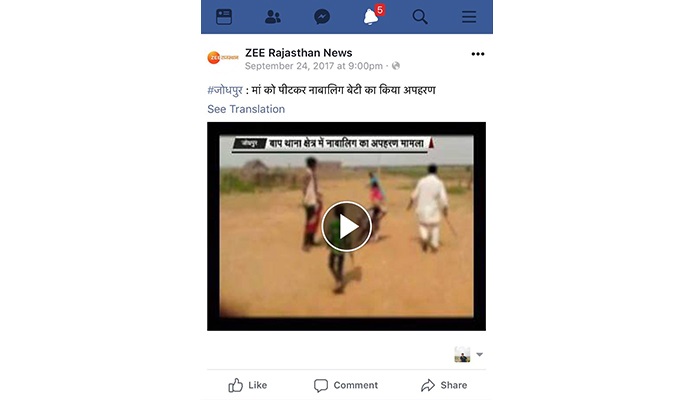
According to a statement released by SSP Umerkot, Indian media outlet Zee News had reported the incident and a case was then registered with the Rajasthan police.
In an era when social media platforms such as Facebook and Twitter are grappling with the epidemic of fake news, only one in four Britons trust news on social media, a survey reported.
From playing a major role in deciding the future of democracies in deciding the fate of presidential contenders, social media has played a pivotal role but it seems as if its days are numbered.
According to a recent survey, only one in four Britons trust news on social media.
The days when social media was considered as an enabler of citizen journalists and for its role in the Arab Spring have passed, suggests the 18th annual survey of the Edelman Trust Barometer.
Fake news and concerns about cyberbullying, extremist propaganda and the effects of social media on children has considerably affected its credibility.
The survey found that support for traditional media has increased by 13 points to reach 61 percent — the highest level since 2012.







